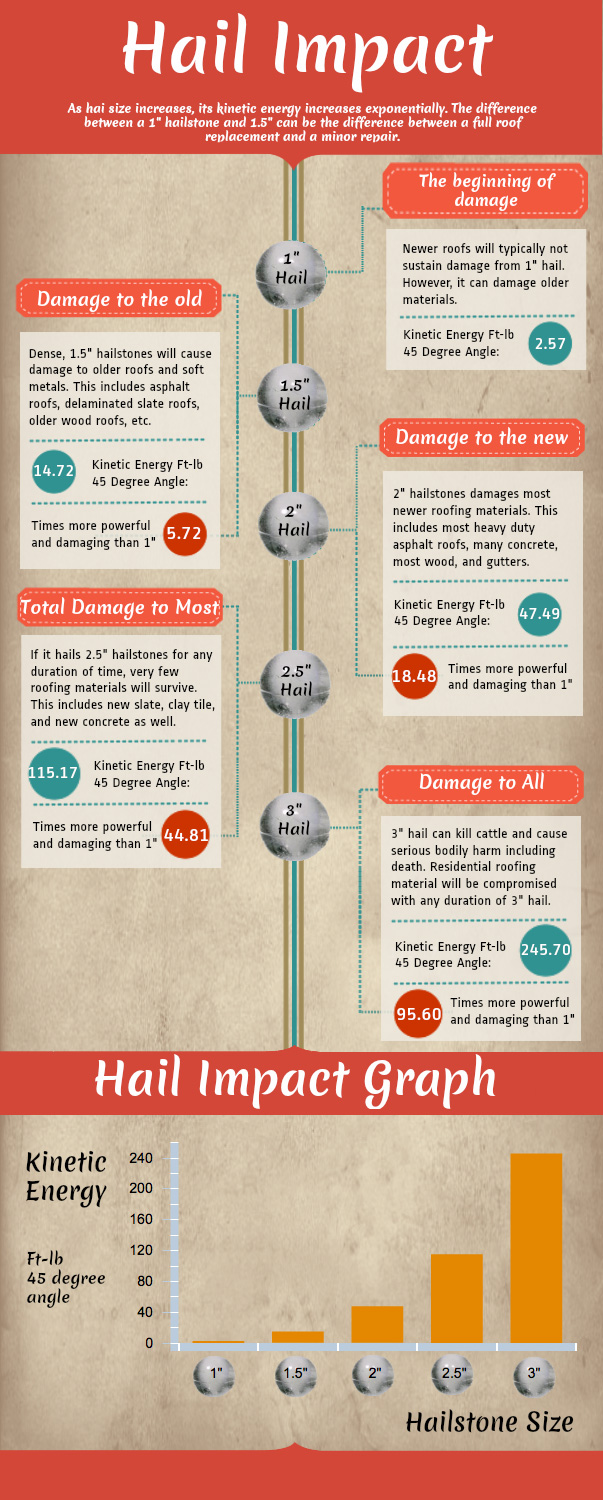So, you've found out about solar panels and their potential to create electrical energy from sunlight, but just how specifically do they function? Comprehending the complex technology behind photovoltaic panels can be an interesting journey into the globe of renewable resource. From the fundamental principles of solar batteries to the intricate elements that compose a photovoltaic panel system, there's a whole world of expertise waiting to be discovered. Allow's unwind the secrets of photovoltaic panel technology with each other.
Solar Panel Innovation Basics
To absolutely realize the essence of photovoltaic panel innovation, you should delve into the fundamental principles that underpin its capability. Photovoltaic panel consist of solar batteries, generally made from silicon, which have the impressive capability to convert sunshine right into electrical energy with the photovoltaic or pv result. When solar companies fort collins co strikes the cells, the photons in the light interact with the silicon atoms, creating the electrons to damage without their atomic bonds. This develops an electrical current that can then be taken advantage of for powering different tools.
The crucial component of solar panels is the semiconductors within the photovoltaic cells, which facilitate the conversion of sunshine into useful power. These semiconductors have both favorable and negative layers, developing an electric field that allows for the flow of electrons.
This circulation of electrons, when linked in a circuit, produces direct current (DC) electrical energy. Recognizing https://wimsradio.com/2023/02/28/nipsco-customers-benefit-from-declining-commodity-costs-for-energy-and-credits-from-excess-electricity-generated-by-companys-renewable-resources/ is critical for valuing just how photovoltaic panels can harness the sunlight's power to power homes, organizations, and also satellites in space.
Exactly How Solar Panels Generate Electricity
Solar panels harness the sunlight's energy by transforming sunshine right into electrical power through a procedure known as the photovoltaic or pv result. When sunshine hits the photovoltaic panels, the photons (light particles) are soaked up by the semiconducting materials within the panels, usually made of silicon. This absorption produces an electric current as the photons knock electrons loosened from the atoms within the product.
The electrical areas within the solar cells then force these electrons to stream in a details direction, producing a direct existing (DC) of electricity. https://solarpaneloutputvoltage09763.blogpixi.com/31333554/getting-proficiency-in-the-maintenance-of-solar-panels-is-the-cornerstone-of-accomplishing-optimal-performance-and-durability is then gone through an inverter, which transforms it into alternating current (AC) electrical energy that can be used to power your home or organization.
Excess electricity produced by the solar panels can be saved in batteries for later use or fed back right into the grid for debt via a process called web metering. Comprehending just how photovoltaic panels produce power is essential to valuing the environmental and cost-saving advantages of solar power systems.
Comprehending Photovoltaic Panel Components
One critical aspect of solar panel modern technology is comprehending the different parts that make up a photovoltaic panel system.
The essential components of a photovoltaic panel system consist of the photovoltaic panels themselves, which are comprised of photovoltaic cells that convert sunlight right into electrical energy. These panels are placed on a framework, frequently a roofing, to capture sunshine.
Along with the panels, there are inverters that transform the straight current (DC) power created by the panels into alternating present (AIR CONDITIONING) power that can be made use of in homes or services.
https://cesariqwcj.blogrelation.com/37156914/understanding-the-economic-advantages-of-solar-panel-installation-a-comprehensive-evaluation consists of racking to sustain and position the photovoltaic panels for optimal sunlight exposure. Moreover, wires and adapters are necessary for transferring the electrical energy created by the panels to the electrical system of a structure.
Last but not least, a tracking system may be consisted of to track the efficiency of the photovoltaic panel system and ensure it's functioning successfully. Comprehending these elements is essential for anyone looking to mount or utilize photovoltaic panel technology effectively.
Conclusion
Now that you recognize the basics of photovoltaic panel technology and exactly how it works, you can appreciate the power of using sunshine to produce clean and renewable resource for your building. By using the photovoltaic or pv result and elements like inverters and keeping track of systems, you can add to an extra sustainable future while also potentially minimizing energy prices. Maintain learning and checking out the opportunities of solar energy for a greener tomorrow.
